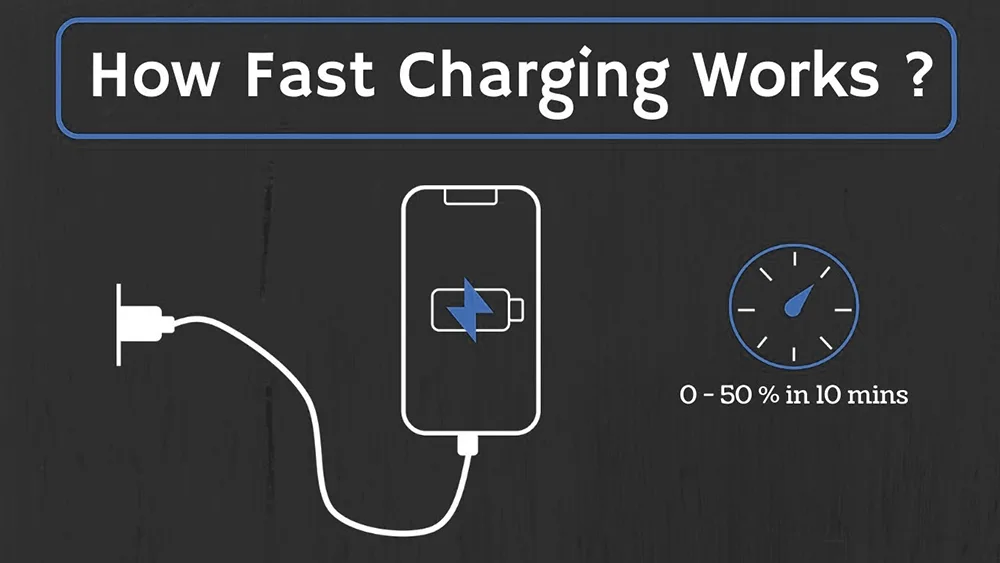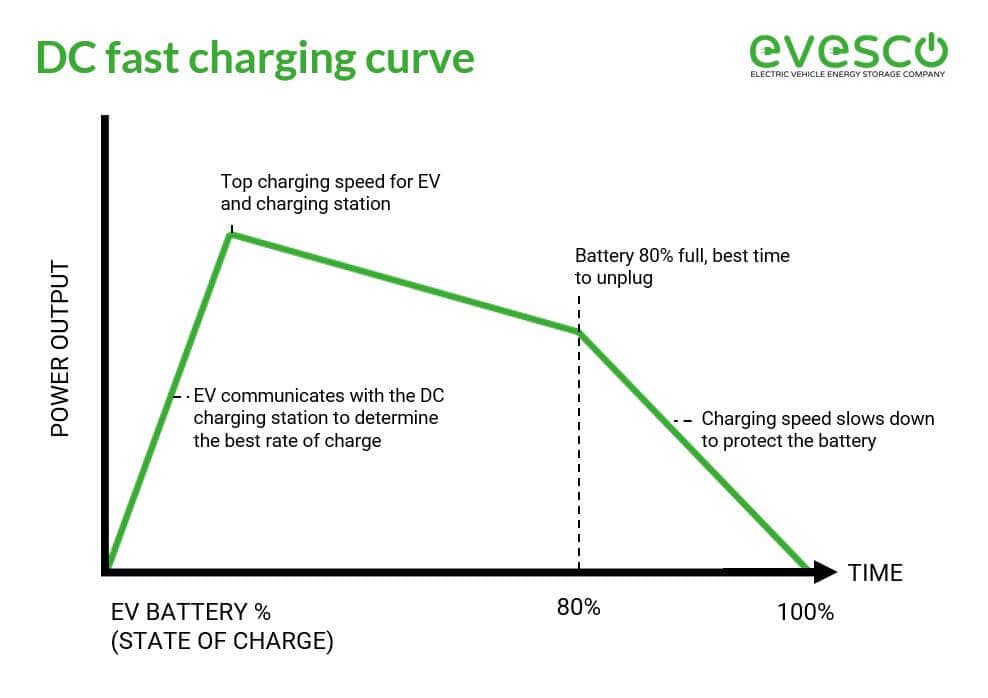Fast charging has become a popular feature in modern smartphones, allowing us to power up our devices in a fraction of the time compared to traditional charging. But how does it work, and what does it mean for the long-term health of our batteries? Let’s break it down in simple terms.
How Fast Charging Works
Fast charging technology speeds up the charging process by increasing the amount of power delivered to your phone’s battery. Here’s a basic rundown of how it works:
- Higher Voltage and Current:
Traditional chargers typically deliver power at 5 volts and 1-2 amps. Fast chargers, however, can deliver power at higher voltages (9-12 volts) and higher currents (2-3 amps or more). This allows more energy to flow into the battery quickly.

2. Smart Charging Circuits:
Modern smartphones come with smart charging circuits that manage the flow of power to prevent overheating and overcharging. These circuits ensure that the battery receives the optimal amount of power, adjusting as needed to maintain safety and efficiency.
3. Two-Phase Charging:
Fast charging usually works in two phases. The first phase charges the battery rapidly up to around 50-70% capacity. The second phase slows down the charging speed to fill up the remaining capacity. This helps protect the battery from damage due to excessive heat.
Impact on Battery Life
While fast charging is incredibly convenient, it can have some effects on the long-term health of your battery:
- Heat Generation: Fast charging generates more heat than regular charging. Excessive heat can cause wear and tear on the battery over time, potentially reducing its overall lifespan.
- Battery Degradation: Repeated exposure to high currents can cause faster battery degradation. This means that the battery might lose its ability to hold a charge as effectively as it did when new.
- Managing Battery Health: Despite these potential downsides, most modern smartphones are designed to handle fast charging without significant damage. Manufacturers incorporate various safeguards to minimize the impact on battery health, such as throttling the charging speed once the battery reaches a certain level.
Tips for Using Fast Charging Wisely
To make the most of fast charging while preserving your battery’s health, consider these tips:
- Avoid Excessive Heat: Try to keep your phone cool while charging. Avoid charging your phone under direct sunlight or in hot environments.
- Use Official Chargers: Use the charger and cable that came with your phone or those recommended by the manufacturer. Third-party chargers may not have the same safety features.
- Fast Charge When Necessary: Use fast charging when you need a quick boost, but if you have more time, consider using a regular charger to reduce strain on the battery.
- Don’t Charge Overnight: Avoid leaving your phone plugged in overnight. Once it reaches 100%, the battery continues to receive small amounts of power to stay full, which can cause heat buildup.
Conclusion
Fast charging is a fantastic feature that makes our busy lives a bit easier by powering up our devices quickly. While it can generate more heat and potentially lead to faster battery degradation, modern smartphones are equipped with technologies to manage these effects. By using fast charging wisely and taking a few precautions, you can enjoy the benefits of a speedy charge without significantly impacting your battery’s long-term health.

